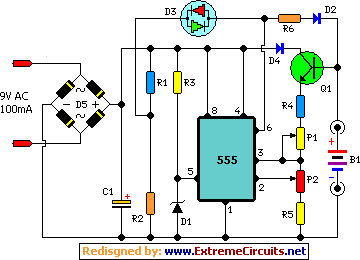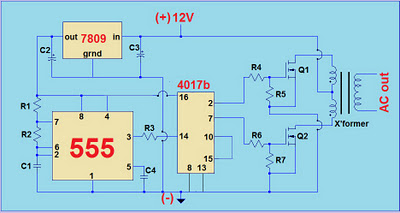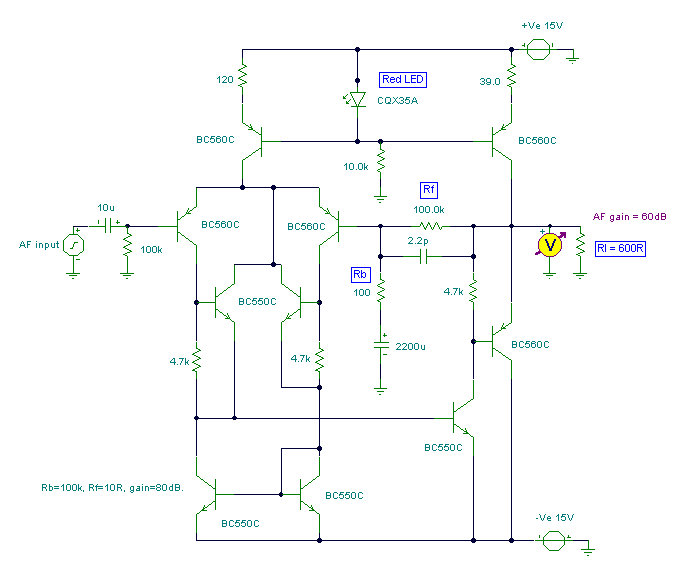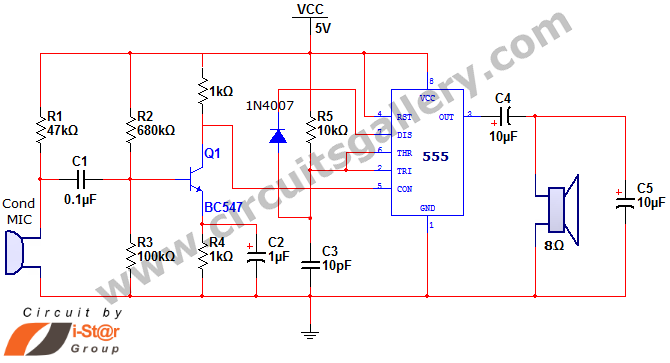
Telephone electronic coded lock circuit
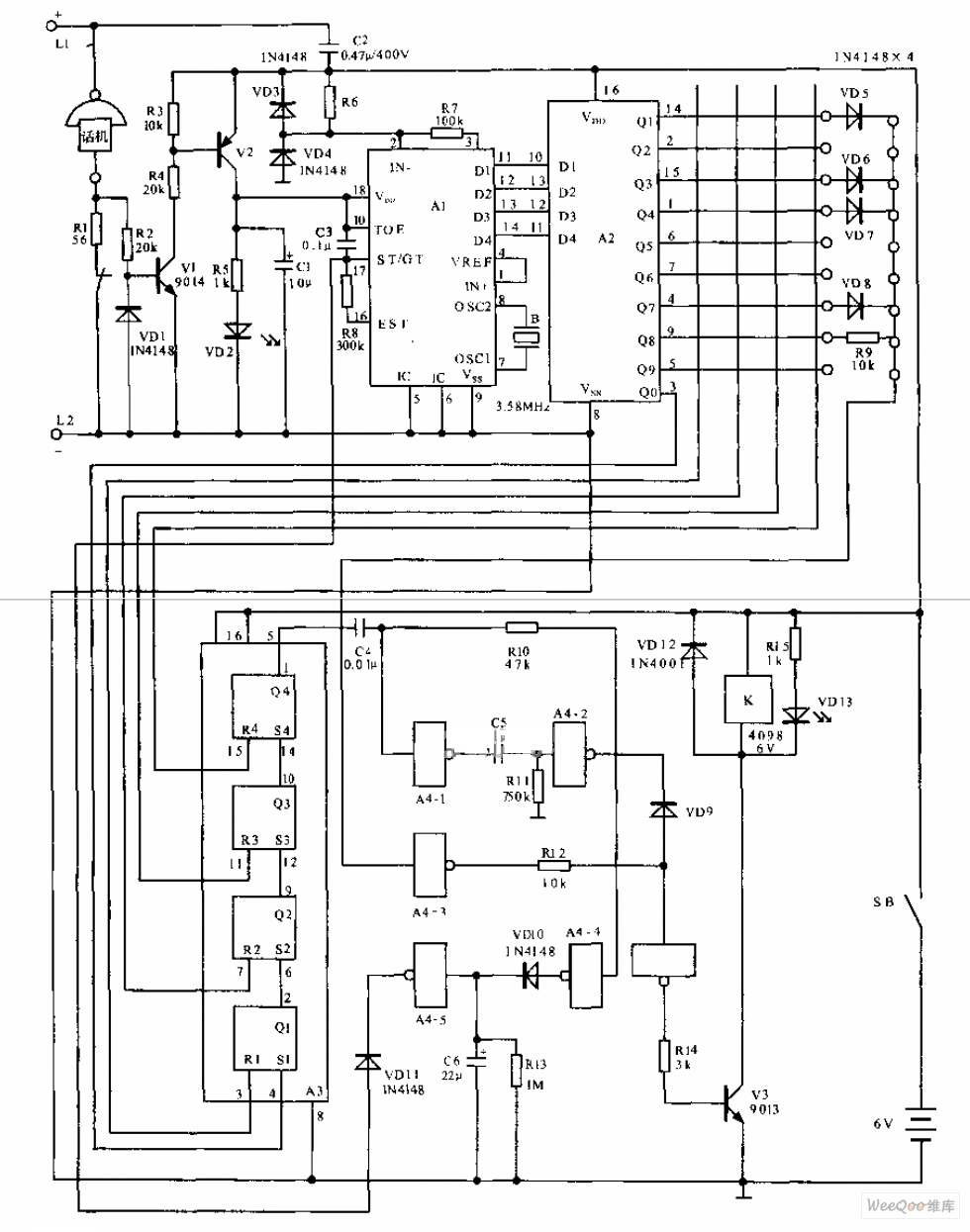
The telephone electronic coded lock circuit is designed for double audio circuits. When this coded lock is installed on a phone, dialing out requires the user to input a four-digit pre-programmed password using the phone's buttons. If the password entered is incorrect, the phone will not be able to make a call.
The telephone electronic coded lock circuit serves as a security enhancement for standard telecommunication systems, particularly in environments where unauthorized access to phone lines must be prevented. The circuit typically integrates with the existing telephone wiring, allowing it to intercept dialing signals.
The core components of this circuit include a microcontroller or a dedicated logic IC that manages the password verification process. The microcontroller is programmed with a specific four-digit code that must be entered correctly for the call to proceed. Input from the phone's keypad is processed through a series of logic gates or a keypad encoder, which translates the button presses into a digital format that the microcontroller can interpret.
In addition to the microcontroller, the circuit may incorporate a relay or a transistor switch that controls the connection to the telephone line. When the correct password is entered, the microcontroller triggers the relay to close the circuit, allowing the phone to dial out. Conversely, if an incorrect password is entered, the relay remains open, effectively disabling the dialing function.
To enhance security, the circuit can include features such as a timeout mechanism that locks the system after a predetermined number of incorrect attempts, or an audible alarm that signals unauthorized access attempts. Power supply considerations are also crucial; the circuit typically operates on low voltage, drawing power from the phone line or an external power source.
Overall, the telephone electronic coded lock circuit is an effective solution for securing telephone lines, ensuring that only authorized users can make outgoing calls. Its implementation can significantly reduce the risk of unauthorized access in both residential and commercial settings.Telephone electronic coded lock circuit is shown as above,the electronic coded lock is suitable for double audio circuits.After the phone adds this coded lock, when you call out,you must use the buttons on the phone to press the four pre-programmed password,then you can make a call.If the password is error, the phone can not dial out. When the exterior line.. 🔗 External reference
The telephone electronic coded lock circuit serves as a security enhancement for standard telecommunication systems, particularly in environments where unauthorized access to phone lines must be prevented. The circuit typically integrates with the existing telephone wiring, allowing it to intercept dialing signals.
The core components of this circuit include a microcontroller or a dedicated logic IC that manages the password verification process. The microcontroller is programmed with a specific four-digit code that must be entered correctly for the call to proceed. Input from the phone's keypad is processed through a series of logic gates or a keypad encoder, which translates the button presses into a digital format that the microcontroller can interpret.
In addition to the microcontroller, the circuit may incorporate a relay or a transistor switch that controls the connection to the telephone line. When the correct password is entered, the microcontroller triggers the relay to close the circuit, allowing the phone to dial out. Conversely, if an incorrect password is entered, the relay remains open, effectively disabling the dialing function.
To enhance security, the circuit can include features such as a timeout mechanism that locks the system after a predetermined number of incorrect attempts, or an audible alarm that signals unauthorized access attempts. Power supply considerations are also crucial; the circuit typically operates on low voltage, drawing power from the phone line or an external power source.
Overall, the telephone electronic coded lock circuit is an effective solution for securing telephone lines, ensuring that only authorized users can make outgoing calls. Its implementation can significantly reduce the risk of unauthorized access in both residential and commercial settings.Telephone electronic coded lock circuit is shown as above,the electronic coded lock is suitable for double audio circuits.After the phone adds this coded lock, when you call out,you must use the buttons on the phone to press the four pre-programmed password,then you can make a call.If the password is error, the phone can not dial out. When the exterior line.. 🔗 External reference
